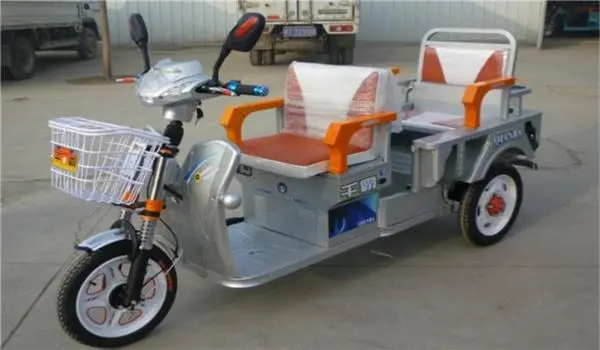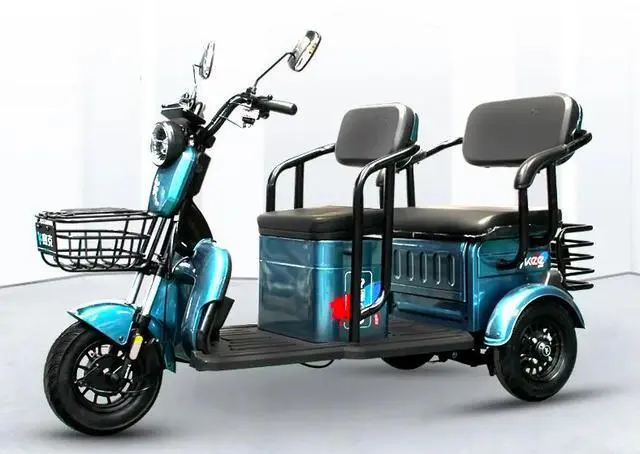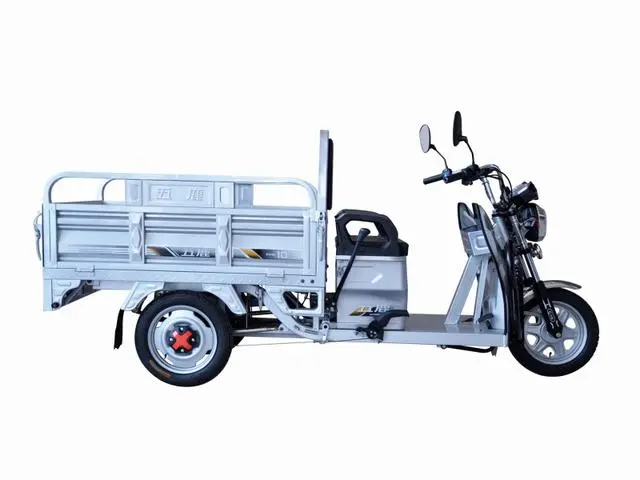What is the basic structure of an electric tricycle?
The basic structure is generally composed of body parts, electrical instrument parts, power and transmission parts, and control and braking parts.
Body part: mainly composed of frame, rear body, front fork, seat, front and rear wheels, etc. to support the whole vehicle;
Electrical instrument part: It is composed of display lights, instrument indicator light display devices, speakers and other audio devices and chargers, and is the key equipment to indicate the movement status of the car;

Part of the driving force and transmission system: This part is the key of the electric tricycle, which mainly includes the electric motor, rolling bearing, transmission gear wheel, gearbox and so on. The driving wheels make the body in white run.
At present, battery cars mostly use stepless speed change, and control the rated power of the motor according to different output voltages. Electric tricycles with a large cargo capacity often use mid-mounted motors or differential motors as the propulsion system , which makes the car higher and the driving force stronger;

Control part of the braking system: It is composed of a handlebar with a gear shifting device and a braking system device, which is mainly used to control the driving direction, driving speed and steering wheel.
The rear seat support frame is set on the base frame, and the bottom edge of the rotatable rear seat is fixed on the base frame or the rear seat support frame by a transmission shaft or a pivot pin, so that the rotatable rear seat can be rotated around The fixed shaft rotates,
When the rotatable rear seat is in the resting state, the rear seat support frame supports the rotatable rear seat to ensure that the rotatable rear seat is in the resting state;

The tail support is installed on the base frame to support the rotatable rear seat in the extended state to ensure that the rotatable rear seat is in the extended state stably;
The side guardrails are installed on both sides of the rear seat support frame, the above-mentioned rotatable seat back is fixedly connected to the side guardrail, and the rotatable seat back can rotate around its fixed axis,
The rotatable seat back can be rotated to the back of the rear seat, and can also be rotated to the front of the rear seat, thereby producing corresponding front and rear seat backs.



























 XINDA
XINDA